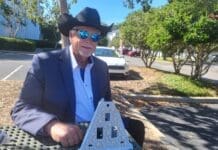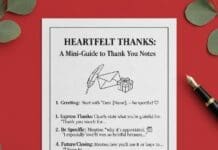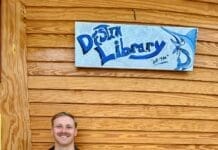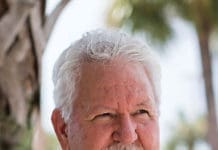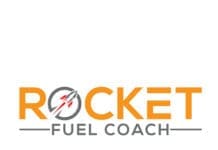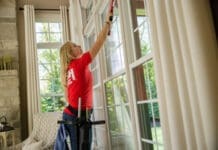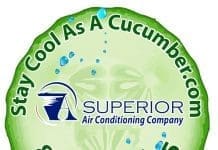 By Lisa Leath Turpin, Health and Wellness Coach
By Lisa Leath Turpin, Health and Wellness Coach
Cambridge defines “core” simply as “The basic and most important part of something,” then going a step further… pertaining to anatomy, “The muscles around your pelvis, hips and abdomen that you use in most body movements.” As a Pilates instructor for over 25 years, and fitness training specialist even longer, Abs have always been an important focus. But focusing on “core” takes things a little further. We use our core for everything we do; therefore, we should keep them as forerunners for all movements as we strive to get stronger and more in shape. By understanding their importance, we can maximize our training by staying aware that it’s your core that delivers stability and keeps you safe—but only when we consciously engage it.
Our core muscles (specifically abdominals) are high endurance muscles. They are meant to last and last and take longer to fatigue. Our muscles that are meant for long durational use crave movement and become lifeless if we neglect them. So, your core, being the most important part of you, will break down like a chain reaction and become weak from neglect. Today’s fast paced electronic world makes us physically lazy. Don’t let this be you!
How do you work your core? The answer depends on your goals. Remember, there are core STRENGTHENING movements and core STABILIZING movements. Variety is key to get a well-developed core that protects your spine and the rest of your body. Examples: Forward flexion, such as crunches or many other ab exercises that curl your spine (think of your lowest ribs going toward your hip bones) will strengthen the primary ab muscles called rectus abdominis. But, if we work the front side, we want to equally work the back side, i.e. the erectors which go along each side of the spine pertinent for spinal alignment, safety and posture. You work these by doing any type of spinal extension or hyper-extension exercises. Think of exercises that bend you backwards. Be careful, hyper-extension exercises should be performed slowly with much control.
Some focus on only the erectors along the spine and some incorporate the gluteal group as well. Now our sides. Note: Make sure you’re counting and performing equal reps or time for each side so you create balance. Sides exercises bend side to side or hold through planking. A truly great side-to-side exercise is holding an abdominal lift (on floor, knees bent, feet flat on floor, lift shoulders and head only off floor in a curled position). Reach hands along each side of your legs and lean side to side, reaching each hand farther as you bend keeping your shoulders square to the ceiling and at the same height throughout. An excellent oblique exercise, you have engaged the rectus abdominis by lifting (crunching), then movement comes from the obliques.
Side planks are another excellent side exercise—really any mixture of planking is valuable in working all sides of your core. Planks with or without other movements are at the top for things to do to stabilize and strengthen your core.
Don’t forget twisting exercises. As long as you don’t have spinal fusions or limitations, you will want to incorporate twisting exercises, again, super controlled, so you can hopefully avoid ever needing spinal fusions or preventing injuries. Life movements will ask you to twist, i.e. playing with your dog, protecting your child or doing yardwork, and you WILL twist at some point. Exercising in general gives you a platform to strengthen yourself in a controlled environment so that you become stronger for life’s surprises. If you are a tennis player, runner, pickleball player, bowler, cyclist or other athlete, but you don’t strength train in between, you definitely need to add core training into your routine. As noted above, if you are doing strength training regularly, then you are training your core without even trying by stabilizing yourself during movements. Add single-sided exercises or an unstable surface such as a BOSU, and you’ve incorporated even more core work.
Have a fitness question for Lisa? Email BeActive850@gmail.com.
Lisa Leath Turpin is a degreed and certified health and fitness lifestyle coach and consultant who has devoted her life to motivating and strengthening the body and mind of others. With over 20 years’ experience, Lisa has a B.S. degree in Sports & Fitness Management from the University of Alabama, developed and managed the U.S. Army Corps of Engineers’ Health & Wellness Facility and programs in Huntsville, Ala., is board certified by the National Board of Fitness Examiners and possesses certifications from AFAA, Polestar/Balanced Body, Reebok U, SCW Fitness and American Heart Association. She is currently a group exercise leader at Destin Health & Fitness and an independent personal trainer in the Destin area, diversely and extensively trained in classical and modern Pilates, lifestyle management, personal training, group exercise and post-rehabilitation.

